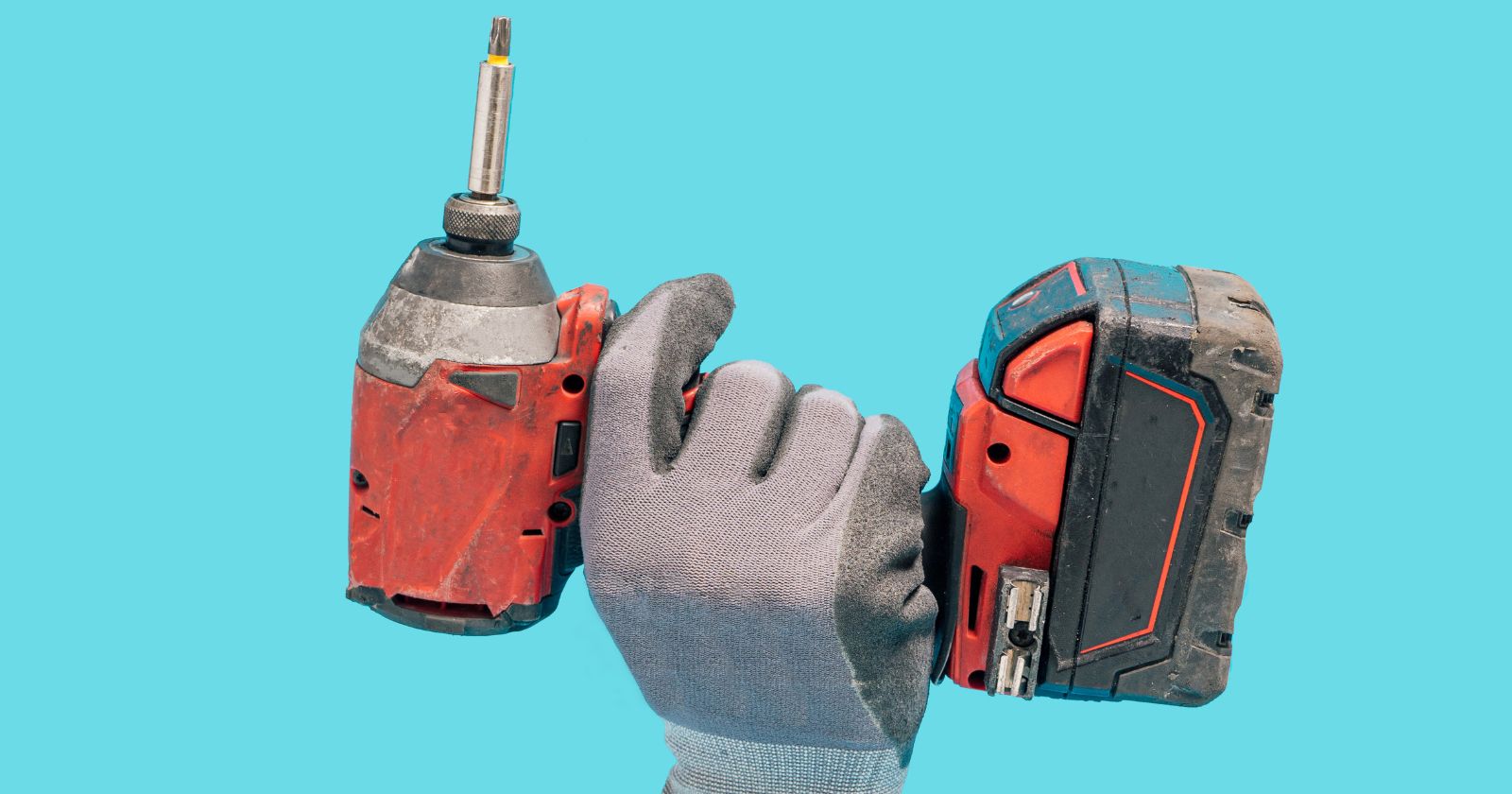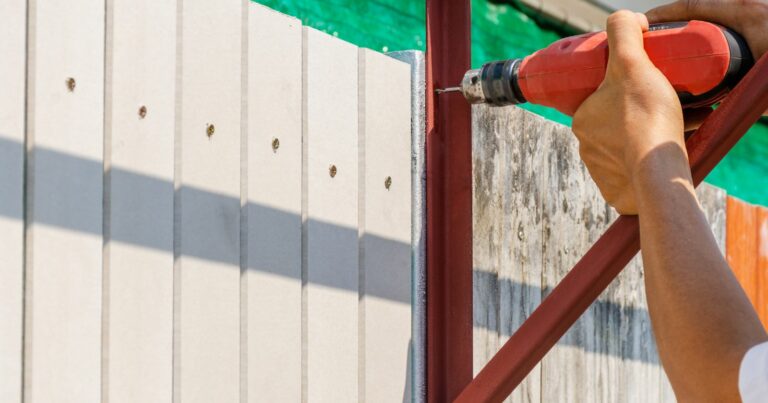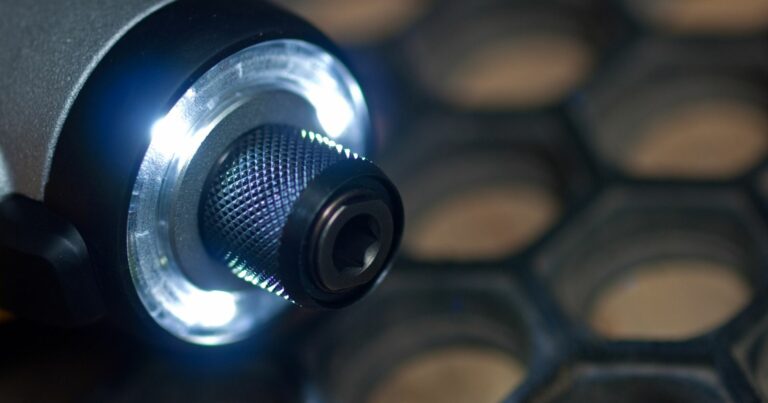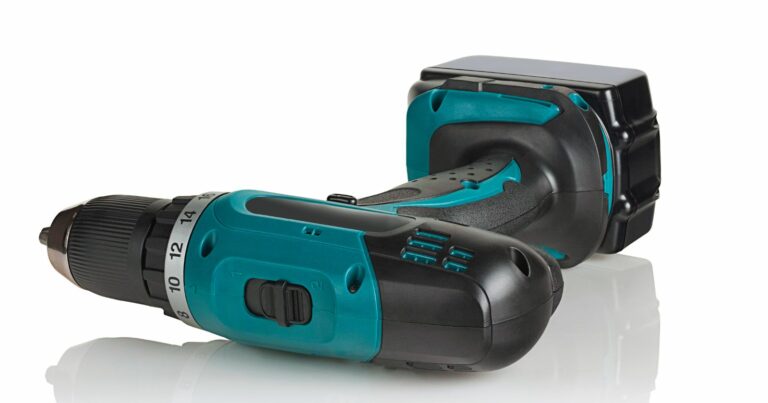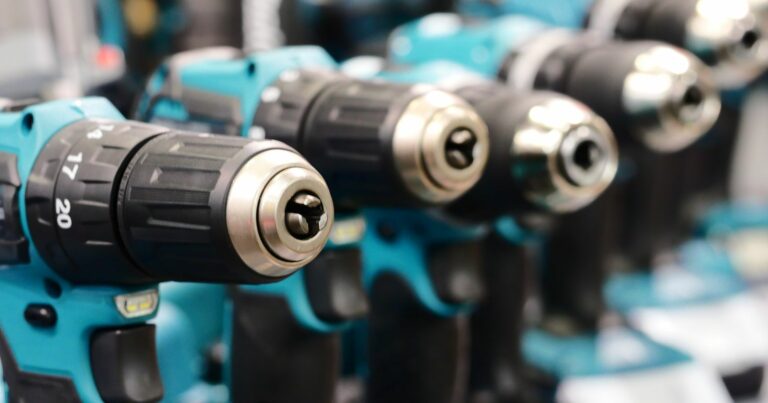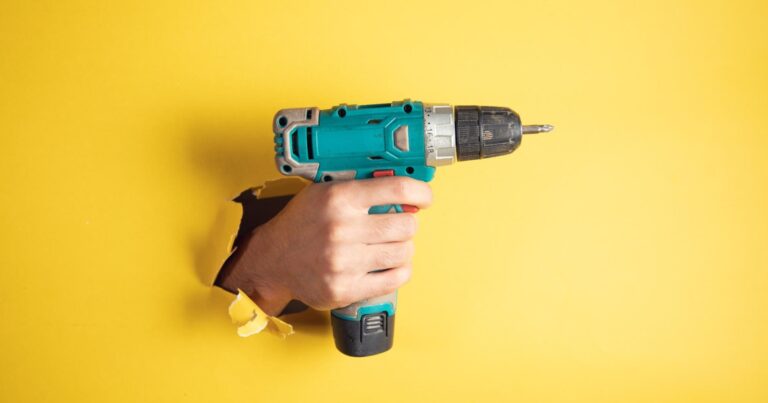Different Types Of Impact Drivers And Their Uses
When it comes to both DIY projects and professional construction tasks, having the right tools at your disposal is not just a convenience, it’s a necessity. Among the most versatile and powerful tools that have revolutionized the way I work are impact drivers. These compact yet robust devices are essential for driving screws and fastening materials with unparalleled efficiency. As I dive into the Types of Impact Drivers, it’s crucial to understand not only the variety available but also the impact they have on improving work quality and saving time.
As I explore the different types of impact drivers, I will uncover how each variant caters to specific needs and scenarios, from the power and portability of cordless models to the relentless drive of corded ones, and the cutting-edge efficiency of brushless motors. Understanding the nuances between these types can help both novices and seasoned professionals make informed decisions, ensuring that they have the most appropriate tool for every task. So, let’s gear up and dive into the dynamic world of impact drivers, where power meets precision in the palm of your hand.
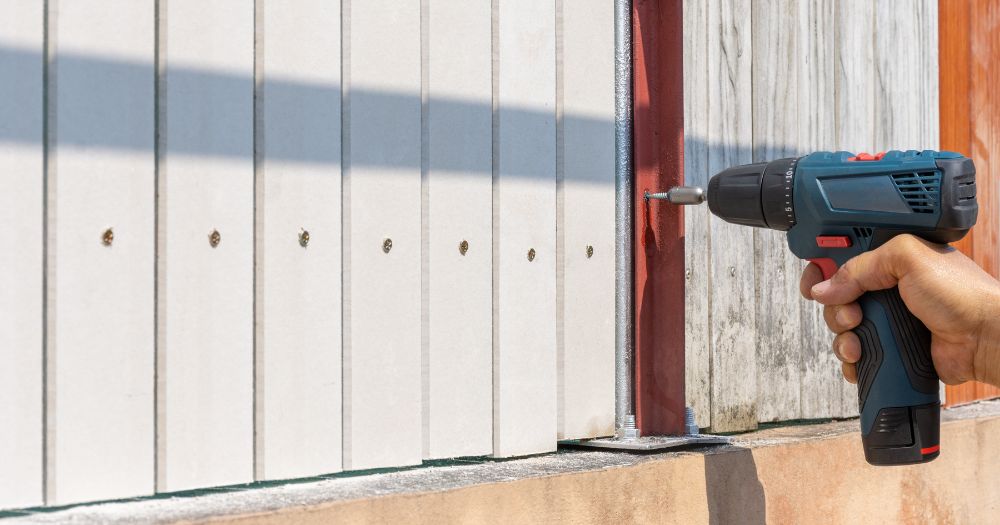
Types of Impact Drivers
Impact drivers come in various forms, each designed to meet specific needs and preferences. Understanding the differences between these types can help you choose the right tool for your projects. Let’s explore the main categories: corded, cordless, brushless impact drivers, and how they compare to impact wrenches.
Corded Impact Drivers
Pros and Cons:
Corded impact drivers offer unlimited runtime, which is a significant advantage for long projects without the need for battery changes or recharges. They tend to be more powerful and consistent in their performance, providing steady torque and speed. However, their major downside is the lack of mobility due to the power cord, which can limit access to work areas and requires a nearby electrical outlet.
Ideal Use Cases:
Corded impact drivers are ideal for stationary workstations where power outlets are readily available, and mobility is not a primary concern. They’re perfect for shop environments or large construction sites where power demands are high, and the tool’s use is continuous over long periods.
Cordless Impact Drivers
Battery Technology Li-ion vs. NiCad and Benefits:
Cordless impact drivers are powered by batteries, with Lithium-ion Li-ion and Nickel-Cadmium NiCad being the two prevalent types. Li-ion batteries are lighter, have a longer lifespan, and hold their charge longer with no memory effect, making them the preferred choice for most users. NiCad batteries, while being more affordable and resistant to colder temperatures, are heavier and suffer from memory effects, which can reduce their effective lifespan.
Voltage Options and What They Mean for Performance:
Voltage ratings in cordless impact drivers typically range from 12V to 20V and higher for some professional models. Higher voltage means more power and torque, making the tool capable of handling tougher tasks. However, this also means increased weight. Choosing the right voltage depends on the balance between power needs and the tool’s weight and size that you are comfortable handling.

Brushless Impact Drivers
Explanation of Brushless Technology:
Brushless impact drivers feature motors that are more efficient than traditional brushed motors. This efficiency comes from the absence of brushes, reducing friction, heat, and wear, which conservatively conserves battery life and prolongs the motor’s lifespan. Brushless motors also adjust their speed and torque in response to the task, which can lead to better overall performance.
Comparison with Brushed Motors: Efficiency and Durability:
Brushless motors offer significant improvements in efficiency and durability compared to their brushed counterparts. They convert more electricity into power, reducing wasted energy as heat and extending battery runtime. Furthermore, the reduced wear and tear on the motor mean brushless impact drivers often have a longer life, justifying their typically higher price point.
Impact Wrenches vs. Impact Drivers
Key Differences and Specific Applications:
While both tools look similar and share the basic principle of delivering high torque, impact wrenches and impact drivers serve different purposes. Impact wrenches are designed for heavy duty fastening and loosening tasks, such as automotive repairs or construction projects involving large bolts and nuts. They have a square drive for sockets and deliver higher torque than impact drivers, which have a hex collet for driving screws and bolts.
Impact drivers are more suited for general construction and woodworking projects, where their ability to drive screws quickly and efficiently shines. In contrast, impact wrenches are the go to tool for mechanics and others who need to work with larger fasteners.
Each type of impact driver offers unique advantages, catering to different tasks and user preferences. Whether you prioritize mobility, power, efficiency, or specific applications, there’s an impact driver out there that’s perfect for your needs.
Watch This Video And Learn About Different Types Of Impact Drivers And Their Uses
Key Features to Consider When Choosing an Impact Driver
Selecting the right impact driver involves more than just picking the first tool you see on the shelf. Understanding the key features that affect performance, convenience, and comfort can make a significant difference in your work. Let’s break down these critical aspects: torque and speed, battery life and charging times, size and weight, and the additional features that can enhance your tool’s functionality.
Torque and Speed
Importance and Typical Ranges:
Torque, measured in Newton-meters (Nm) or inch-pounds (in-lbs), is a crucial factor as it determines the tool’s ability to drive screws into tough materials. The higher the torque, the more driving power you have at your disposal. Speed, on the other hand, is measured in revolutions per minute (RPM) and impacts per minute (IPM), affecting how fast you can complete your tasks. Typical cordless impact drivers offer torque ranging from 1000 to 2000 in-lbs and speeds up to 3,000 RPM or more, with IPM ratings that can exceed 3,500. Choosing the right balance of torque and speed depends on your specific needs, with higher values suited for tougher materials and larger projects.
Battery Life and Charging Times
Tips for Maximizing Battery Life:
To get the most out of your cordless impact driver, consider the following tips:
- Opt for Lithium-ion batteries for their longer lifespan and ability to hold a charge.
- Use the correct charger and follow the manufacturer’s charging guidelines to prevent overcharging.
- Store batteries in a cool, dry place and avoid exposure to extreme temperatures.
- Keep the battery contacts clean and free from debris.
- Regularly cycle through batteries if you have multiples to ensure even usage and longevity.
Size and Weight
Considerations for Ease of Use and User Fatigue:
The size and weight of an impact driver can significantly impact user comfort, especially during extended use or overhead tasks. Lightweight and compact models reduce arm fatigue and allow for easier maneuvering in tight spaces. However, it’s essential to balance the tool’s ergonomics with its power requirements; more powerful drivers may be slightly larger due to their beefier motors and battery packs. Look for a model that offers a good grip and balance to minimize strain on your hand and arm.
Additional Features
LED lights, Belt Hooks, and Magnetic Bit Holders:
Modern impact drivers come with a variety of additional features designed to improve usability and efficiency:
- LED Lights: These are invaluable for illuminating the work area, especially in tight or poorly lit spaces, ensuring accuracy and safety.
- Belt Hooks: A simple yet effective feature that allows you to hang the tool from your belt, keeping it accessible while freeing up your hands for other tasks.
- Magnetic Bit Holders: These provide a convenient place to store bits and fasteners on the tool itself, reducing the risk of losing them and speeding up bit changes.
When choosing an impact driver, consider how each of these features aligns with your work habits and requirements. Whether it’s the raw power of torque and speed, the longevity and convenience of battery life, the comfort and ease of use regarding size and weight, or the practicality of additional features like LED lights and belt hooks, the right impact driver can significantly enhance your efficiency and enjoyment of a wide range of projects.

Top Impact Driver Brands and Models
Whether you’re a professional tradesperson or a DIY enthusiast, selecting the right impact driver can significantly affect the quality and efficiency of your work. Here, we’ll highlight some of the top impact driver brands and models, ranging from professional grade to budget friendly options, each known for their reliability, performance, and unique features.
Professional-Grade Models
- DeWalt DCF887B 20V MAX XR Impact Driver
- Brushless motor for increased efficiency and runtime.
- Three-speed settings for versatile use across various projects.
- Precision Drive in speed 1 for precision applications and added control.
- Milwaukee M18 FUEL 2853-20
- POWERSTATE Brushless Motor delivers up to 30% faster driving speed.
- REDLINK PLUS intelligence ensures maximum performance while protecting from overloads, heating, and over-discharge.
- Compact design, providing excellent balance and control, ideal for tight spaces.
- Makita XDT16Z 18V LXT Lithium-Ion Brushless Cordless Quick-Shift Mode 4-Speed Impact Driver
- Quick-Shift Mode™ uses the brushless motor’s electronic controls to find the best balance of speed and torque for each task.
- Auto-Stop Mode stops rotation and impact when the fastener is loosened adequately, for precise fastening and easy removal.
- Extremely compact and ergonomic design at only 4-9/16″ long.
- Bosch GDR18V-1800CN 18V EC Brushless Connected-Ready Impact Driver
- EC Brushless motor offers up to 50% longer run time and extended tool life.
- Bluetooth connectivity to customize settings and receive tool feedback via a mobile app.
- Superior ergonomics for comfortable use over long periods.

Budget-Friendly Options
- Ryobi P237 18V One+ Lithium-Ion Cordless Impact Driver
- Offers three-speed settings to fit a variety of fastening tasks.
- Tri-LED lights provide optimal illumination and eliminate shadows on work surfaces.
- Great value for DIYers and homeowners, compatible with a wide range of Ryobi One+ batteries.
- BLACK+DECKER BDCI20C 20V MAX Lithium Impact Driver
- High-performance transmission delivers 1375 in-lbs of max torque.
- Compact and lightweight design for ease of use in tight areas and reduced user fatigue.
- Includes battery and charger, making it an excellent choice for casual or beginner users.
- PORTER-CABLE PCCK647LB 20V MAX Brushless Cordless Impact Driver
- Brushless motor provides 50% more runtime than brushed models.
- Compact design for fitting in tight spaces and minimizing fatigue.
- Offers the essential features needed for most household projects at an affordable price point.
These models represent a spectrum of what’s available in the market, catering to a wide range of preferences, from those requiring high-end, professional-grade tools to individuals looking for reliable but budget-friendly options. When choosing an impact driver, consider the types of projects you’ll be undertaking, the tool’s features, and how frequently you’ll be using it to ensure you select a model that best fits your needs and budget.
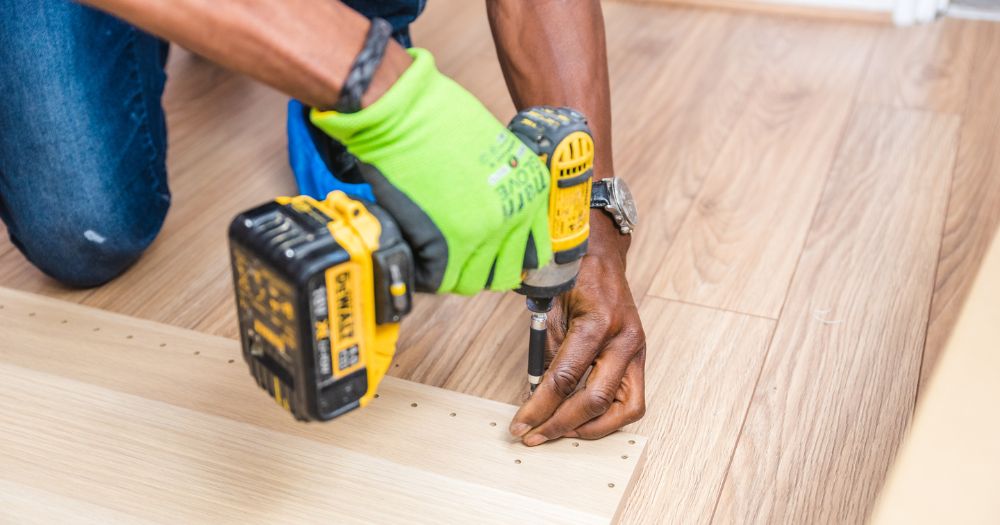
Wrapping Up Different Types Of Impact Drivers And Their Uses
Selecting the ideal impact driver is a pivotal decision that can significantly influence the quality, efficiency, and enjoyment of your work. Throughout my exploration of the various types of impact drivers, from corded to cordless and brushless models, as well as the nuances between impact drivers and wrenches, it’s clear that understanding the specific demands of your projects is crucial in making an informed choice.
If you’ve found value in my exploration of impact drivers and are eager for more insightful guides and honest reviews, consider subscribing. My commitment is to equip you with the knowledge and confidence to tackle any project, ensuring you have the right tools in hand to achieve excellence. Join the community today, and let’s build something incredible together. Your next project success story begins here.

